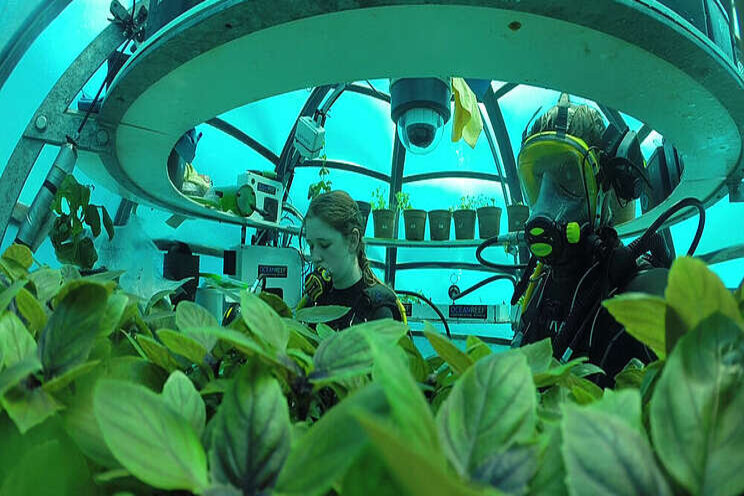8 of the world's most unique farming systems
Added on 17 June 2021

Agriculture began as humans transitioned from being hunter-gatherers to having much more sedentary lifestyles. Instead of nomadically traveling to hunt, humans domesticated plants and animals, building communities around them.
Some claim that localized climate change and the lengthening of dry seasons inspired this period of intensification and increasing sedentism, whilst others suggest the storability of wild grains and legumes led to the formation of the first villages. One way or another, we found ourselves growing and storing crops through soil-based agriculture, domesticating cattle, bee-keeping for honey production, and kickstarting trade.
Since making this shift to crop domestication, we haven't forgotten about innovation. Today, we have unique farmers and farms testing out the limits of agriculture, innovating some of the most unthinkable methods, and reimagining the definition of "farms."
Here is Agritecture's list of the most unique farms and farming systems in the world:
Nemo's Garden

Image sourced from Nemo's Garden
Developed by scuba divers and agricultural experts, this project is the first ever underwater cultivation of terrestrial plants growing basil, strawberries and lettuce in pods on the seabed. The aim is to to not only create an alternative system of agriculture that is a viable solution to future food insecurity, but also to grow in those areas where environmental conditions, economical or morphologic reasons make plants growth extremely dif?cult.
Being underwater, this project is self-sufficient and not only a technological endeavor. The farm uses renewable energy harnessed from the sun, and fresh water obtained by the desalination of seawater. The microclimate and thermal conditions within the biospheres are optimal for plant growth and crop yields, not unlike a conventional greenhouse.
LEARN MORE ABOUT THE PROJECT HERE
GreenWave

Image sourced from GreenWave
This North American non-profit is focused on the development of regenerative farming techniques for aquaculture, called "3D ocean farming", to create blue carbon. They develop polyculture practices for farming shellfish, seaweeds, and kelps, including emulating high activity water ecosystems like reefs, to increase productivity and biomass.
In developing globally accessible techniques for this kind of farming, this nonprofit had a waitlist of over 4,000 farmers in 20 countries needing support in starting such farms. In 2015, the organization's 3D ocean farming method won the Buckminster Fuller Institute's Fuller Challenge.
LEARN MORE ABOUT GREENWAVE HERE
Click here to read the complete article.
Header image sourced from Nemo's Garden
Source: Agritecture
More news















